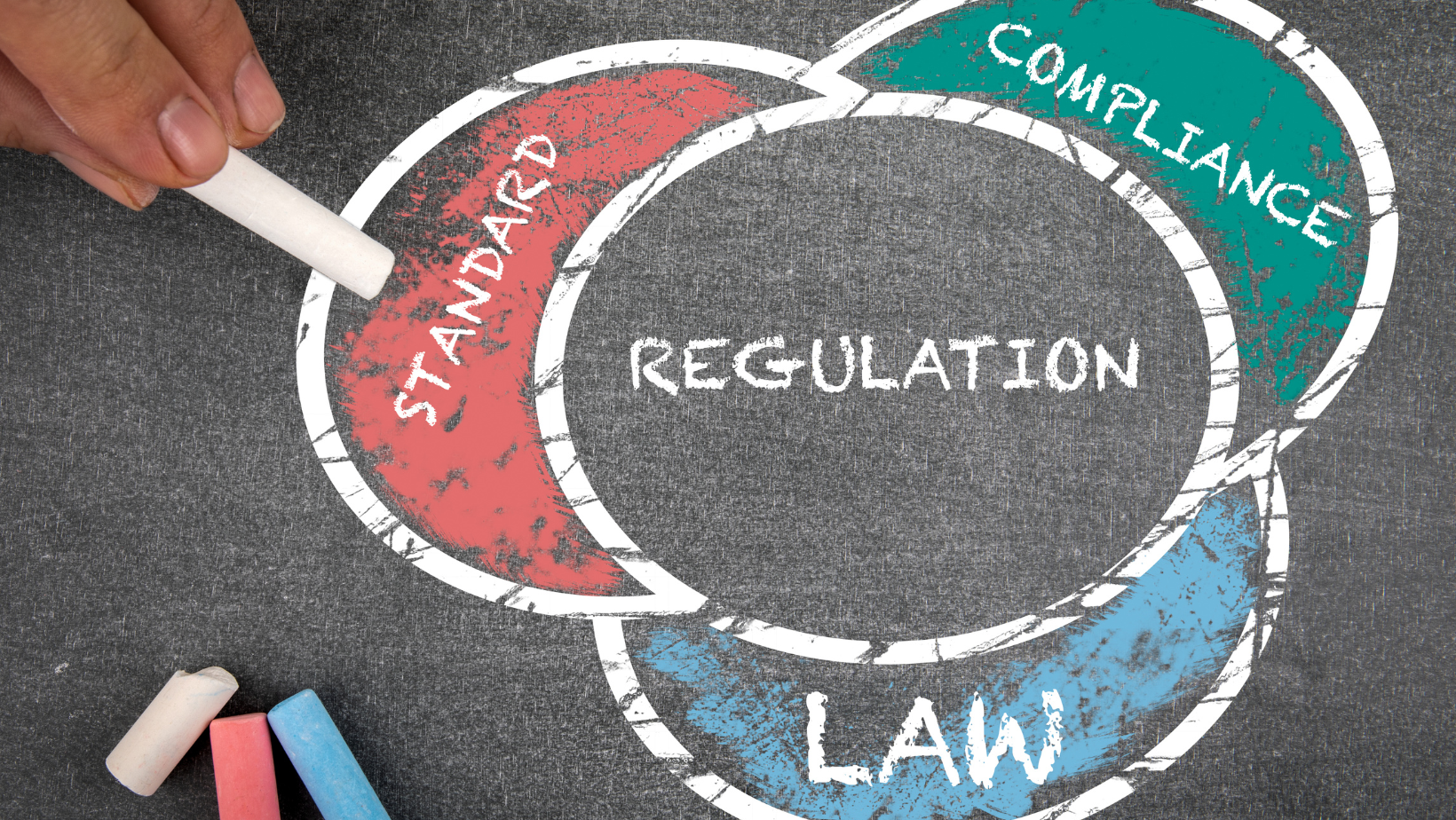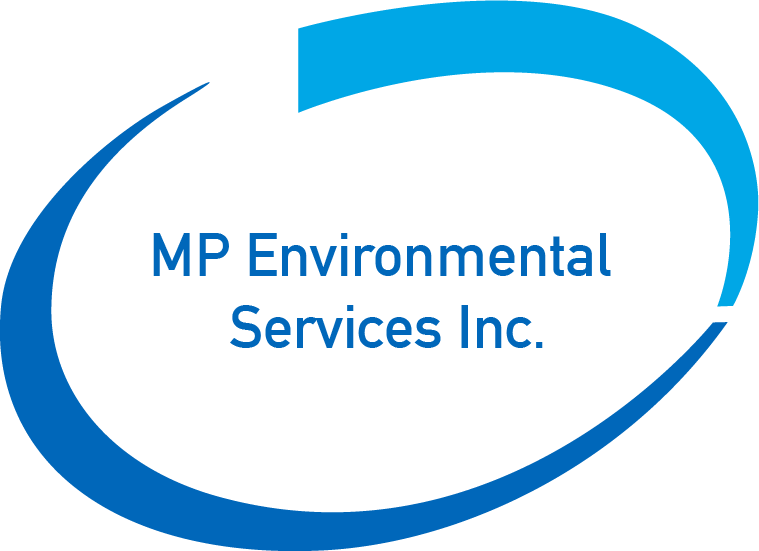Deep Dive: NESHAP

Navigating NESHAP:
Essential Insights for Environmental Responsibility
NESHAP, overseen by the Environmental Protection Agency (EPA), is a vital regulatory framework aimed at curbing emissions of hazardous air pollutants (HAPs) from industrial sources. These pollutants, including benzene, lead, and mercury, pose significant risks to public health and the environment when released into the air unchecked. NESHAP establishes emission limits and mandates the use of specific control technologies to mitigate these risks across various industrial sectors, such as chemical plants, refineries, and manufacturing facilities.
Understanding NESHAP involves unpacking its intricate requirements and standards tailored to different categories of emission sources. From major sources to area sources and specific stationary sources like boilers and process heaters, each category carries distinct compliance obligations. Familiarizing yourself with the applicable category for your facility is crucial for navigating NESHAP effectively.
Compliance with NESHAP entails adherence to strict deadlines and reporting obligations. Facilities are often required to install pollution control equipment within specified timeframes and conduct regular emissions testing to ensure compliance with set standards. Additionally, comprehensive reporting to the EPA is mandatory, documenting compliance efforts and emission reduction measures. Staying vigilant with these deadlines and requirements is essential to avoid potential penalties and enforcement actions.
While meeting regulatory requirements is a fundamental aspect of NESHAP compliance, true environmental stewardship goes beyond mere adherence to standards. Many facilities embrace proactive measures, such as investing in advanced pollution control technologies and adopting sustainable practices, to minimize their environmental footprint and safeguard public health.
In essence, navigating NESHAP requires a methodical approach and a deep understanding of its intricacies. By breaking down these regulations, you can gain clarity on your compliance obligations and chart a course towards environmental responsibility. Remember, compliance is not just about meeting legal mandates – it's about upholding a commitment to environmental protection and fostering a sustainable future for all.





